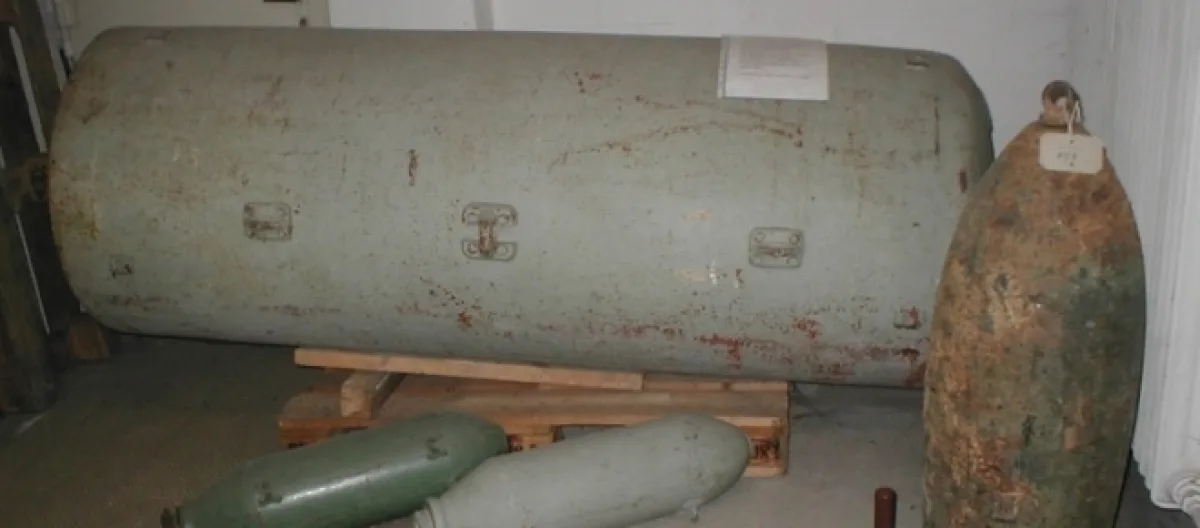Workers on a Construction Site close to Goethe University in Frankfurt stumbled upon a World War Ii era unexploded bomb on Tuesday. As reported by The Local, the discovery of the Blockbuster bomb has led to the planned evacuation of 70,000 out of 717,000 residents from the area this coming Sunday, the largest of its kind since the end of the war.
High capacity “Blockbuster” bomb discovered
German police are monitoring the construction site and say there is no current danger to the population, but the city is taking no chances. The German media quotes the massive 4,000 pound bomb as having been given the nickname "Wohnblockknacker," or “Blockbuster” in English, during the war. According to Deutsche Welle, it is a high capacity British bomb that went unexploded during the allied air raids on Frankfurt during WWII. At the time this type of bomb, officially dubbed an HC 4000, was well known for its power to destroy entire blocks of buildings surrounding the center of the explosion.
Evacuation of 70,000 necessary for safety
The construction site where the Blockbuster bomb was discovered is relatively close to the city center and is 1.5 miles from the main shopping area of Frankfurt, which is why – along with the huge size of the bomb – the evacuation is considered to be important. However this is one huge evacuation, which will see one in ten locals displaced.
It is reportedly unclear if any flights would be interrupted on Sunday at Frankfurt airport, which is Germany’s largest, and this will likely depend on the prevailing wind conditions that day.
Unexploded World War II bombs regularly found in Germany
The discovery of a World War II bomb is nothing unusual in Germany. British and American forces dropped around 2.7 million tons of various sizes of munitions between 1940 and 1945.
According to Deutsche Welle around 10 percent of those bombs did not explode on impact, with many becoming buried before building efforts after the war.
It was reported in May that 50,000 residents of the city of Hanover had to evacuate after five unexploded bombs were found in various locations in the city. At that stage it was the second largest evacuation since the war. The largest was in December last year when another British 4,000 pound unexploded blockbuster was discovered in Augsburg, leading to 54,000 people being evacuated.
Due to the huge amount of unexploded bombs being uncovered throughout Germany each year, any new construction project has to be thoroughly checked out and certified as being cleared of potentially live munitions before building can commence.
